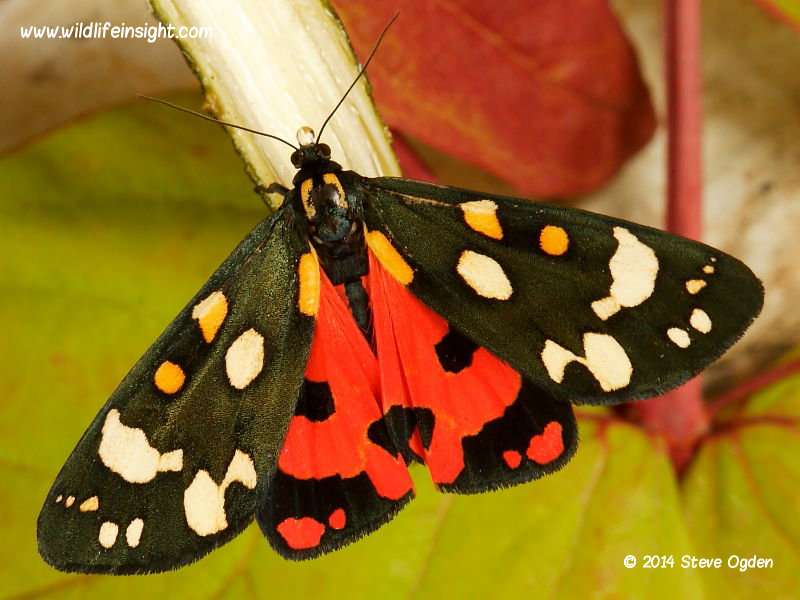

While the dangers are isolated, the depleting population manifests itself dramatically in phenotypic evolution. Simlipal is not the sole example of what the study described as “intense founding bottlenecks” among tiger populations endangered by human-induced habitat fragmentation. Similarly, darker coats may lead to selective advantage in hunting and avoiding hunters in Simlipal’s moist tropical moist and closed-canopy forest. The study said niche modelling showed lower melanistic leopard frequency in drier open habitats than darker tropical and subtropical forests. Natural selection passes on the more successful traits from the gene pool, while eliminating the weakest one. Simlipal individuals also have a mean relatedness of 38 per cent, compared to 9 per cent for Central and 13 per cent for South India. Simlipal’s heterozygosity is 28 per cent against 36 per cent in Central India. The genetic diversity loss is evident from the population’s low heterozygosity or chances of inheriting different forms of one gene from each parent. This means Simlipal’s isolated population in-bred. The latest found that the Simlipal cluster is genetically distinct from other central Indian populations.

While there is documentary evidence of dispersals longer than 500 km, they are very rare, the study noted.Īccording to previous studies, Indian tigers have three major genetic clusters - South India, Northwest India, and Central India. The Bengal tiger’s average home range is 20-110 km, while their average dispersal distance is around 78-124 km. Simlipal’s closest breeding tiger population is around 800 km away. All these tigers were born in captivity and have ancestral links to a Simlipal tiger. Three Indian zoos house pseudo-melanistic tigers - Nandankanan in Bhubaneswar, Arignar Anna Zoological Park in Chennai, and Ranchi’s Bhagwan Birsa Biological Park.

Three of Simlipal’s eight tigers were black in 2018. Much before cameras caught three black tigers in 2007, Simlipal was the source of the first confirmed mutant in 1993 when a tribal youth killed in self-defence a pseudo-melanistic tigress. As a result, it is unlikely that two unrelated tigers will carry the same gene and then pass it on to a cub together.Ī black tiger may succeed in a small founding population forced for generations to inbreed in isolation, offering the recessive gene a far higher chance to show up. This means two tigers with normal patterns carrying the recessive gene will have to breed for a one-in-four probability of birthing a black cub. A cub gets from both parents two copies of each gene - the recessive gene manifests itself only if the dominant one is absent. Pseudo-melanism is caused by a hidden or recessive gene. Unfortunately, novelty trophy hunters sought out these unusual-looking tigers until recently, with only few surviving long enough to establish bloodlines.
#Life of black tiger cheats skin
A confiscated black tiger skin was put on display at the National Museum of Natural History in Delhi in 1993. There were similar claims from Myanmar in 1913 and China in the 1950s. Claims of Black tiger sightings have been made since at least 1773 when James Forbes, an artist, made a watercolour painting of one in Kerala. The genetic variation that causes the mutation occurs in nature spontaneously, albeit infrequently. This is the same gene that is responsible for similar traits in other cat species. The scientists used pedigree-based association analyses and whole-genome data from zoo tigers to find that pseudo-melanism is linked to only one mutation in Transmembrane Aminopeptidase Q (Taqpep). The study, launched in 2017, was the first one to probe into the genetic background for this unusual appearance. Environmental impact based fuel pricing: Towards a new era of conscious citizens and social equality


 0 kommentar(er)
0 kommentar(er)
